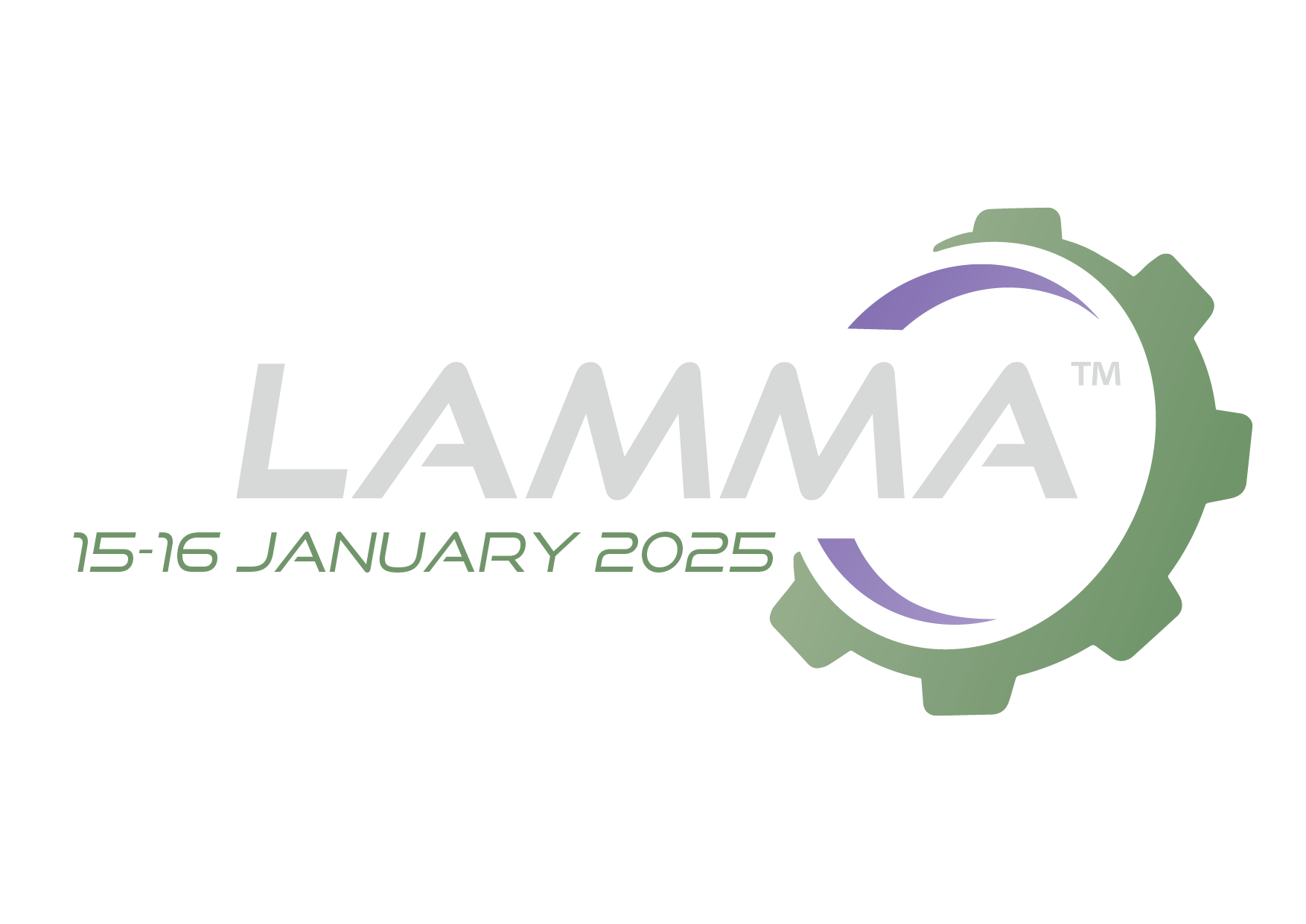EN - Yanmar particulate filter regeneration
The constant evolution of earth-moving equipment goes hand in hand with the technologies offered by the manufacturers to reduce the amount of pollutants released in the environment. One of these refers to the use of a particulate filter to limit the emissions of CO2, in compliance with the European regulations. The particulate filter is an exhaust gas after-treatment device that collects over time the unburnt ashes, becoming progressively clogged. For this reason, periodical cleaning is essential. The filter regeneration procedure is very important as it allows removing the ash deposits and restoring proper operation. The particulate filter installed in the YANMAR engines is made up by three components: • the DOC (Diesel Oxidation Catalyst): which eliminates the hydrocarbons and transforms the carbon monoxide into carbon dioxide and water; • the SF (Soot Filter): which accumulates the residual exhaust micro-particles; • the silencer, to reduce the noise pollution. These elements can be replaced either separately or all together. In case of a malfunction, a warning light in the dashboard indicates that there is a fault in the after-treatment system that may require maintenance. If the regeneration is not carried out as soon as possible, the vehicle's power will be reduced by 15% and then, after two hours, by 50%. So, we will now carry out a diagnosis, using our TEXA tools, connecting the NAVIGATOR TXTs to the vehicle through the dedicated socket. From the diagnosis menu, select the OFF-HIGHWAY environment, then the make and model. Using the TEXA tool, we can check if there are faults in the after-treatment system and intervene thanks to multiple regeneration procedures: • Pre-regeneration (assisted regeneration): which uses the intake valve and EGR to increase the exhaust temperatures. • First level regeneration (reset regeneration): which uses the intake valve, after-injections and the EGR valve to increase the exhaust temperatures. • Second level regeneration (stationary regeneration): which uses the intake valve, after-injections, the EGR valve and the engine speed is raised to increase the exhaust temperatures. • Limp-home regeneration (recovery regeneration): which is used if the first and second level regenerations do not work. At this point, we must evaluate the type of regeneration to carry out based on the fault detected. In this case, a second level regeneration must be launched. Let's start the regeneration procedure. After a first phase during which the system heats up, the engine speed will be raised in order to burn the ashes. The IDC5 software displays a dashboard of the system to monitor the temperatures and clogging level of the filter. Now we must wait 25/30 minutes for the procedure to complete. If the regeneration does not start, you may have to clean the filter internally or replace it because the clogging level is too high. Once cleaned or replaced, the following adjustment must be carried out from the diagnosis: "Component replacement or cleaning: DPF (soot filter + DOC)”. Once the regeneration process is complete, we can check if there are errors and eventually clear them. The machine is now ready to return to work.



.png)
.png)

